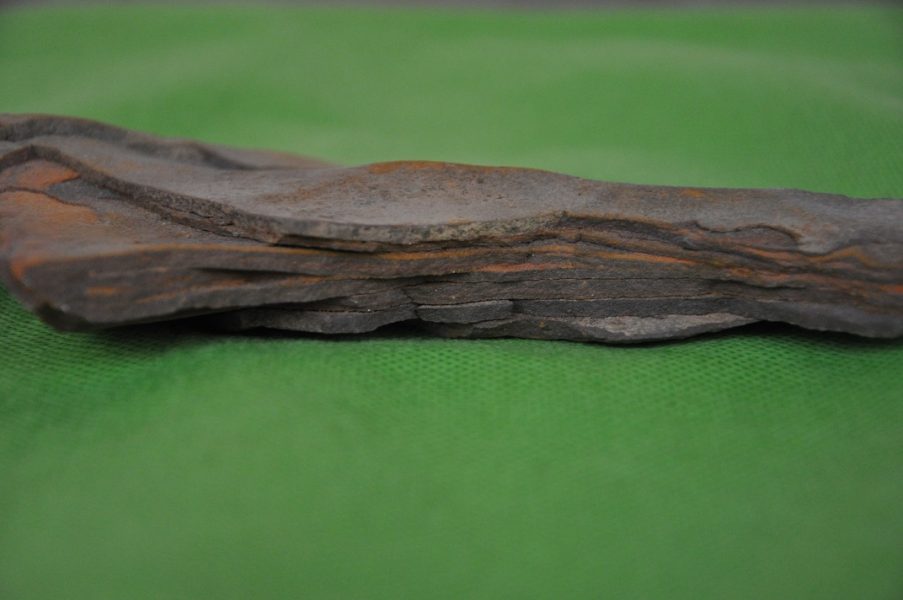Energy conversion and storage is a key to green energy economy, because renewable energy sources produce intermittent power only. Thus, there is definite need to save the electricity they create. One possible way is to use the excess electricity generated from renewables to split water into oxygen and hydrogen. The hydrogen can then be used for powering future transportation with hydrogen fuel cells. An attractive side effect is the reduction of CO2 levels.
Just mentioned, hydrogen from water is key in making renewable energy production and storage viable. The development of low-cost high-performance electrocatalysts for oxygen evolution reaction (OER) would make this process even more sustainable. IrO2 and RuO2 electrodes are expensive due to low elemental abundance of Ir and Ru. Replacement of IrO2 and RuO2 electrodes would be a major step in the right direction.
Anthony O’Mullane and co-workers from Queensland University of Technology found a way to use iron ore as an efficient catalyst for the OER process. They could show that electrochemical surface modification of iron ore with a nickel oxyhydroxide layer produced a highly active OER electrocatalyst. Such encapsulation of iron ore with a thin nickel oxyhydroxide outer shell promoted the activity of the material, achieving a current density of 10 mA cm-2 at a low overpotential of 280 mV. The activity of the catalysts was maintained for extended periods up to 20 h in an alkaline environment without significant material degradation.
The authors have shown that it is possible to convert iron ore into a very efficient catalyst for water electrolysis. In principle, the method is scalable to industrial volumes, due to the fact that the nickel oxyhydroxide coating process is relatively simple.
Iron ore, an abundant resource, has excellent potential for a completely new application route.

















